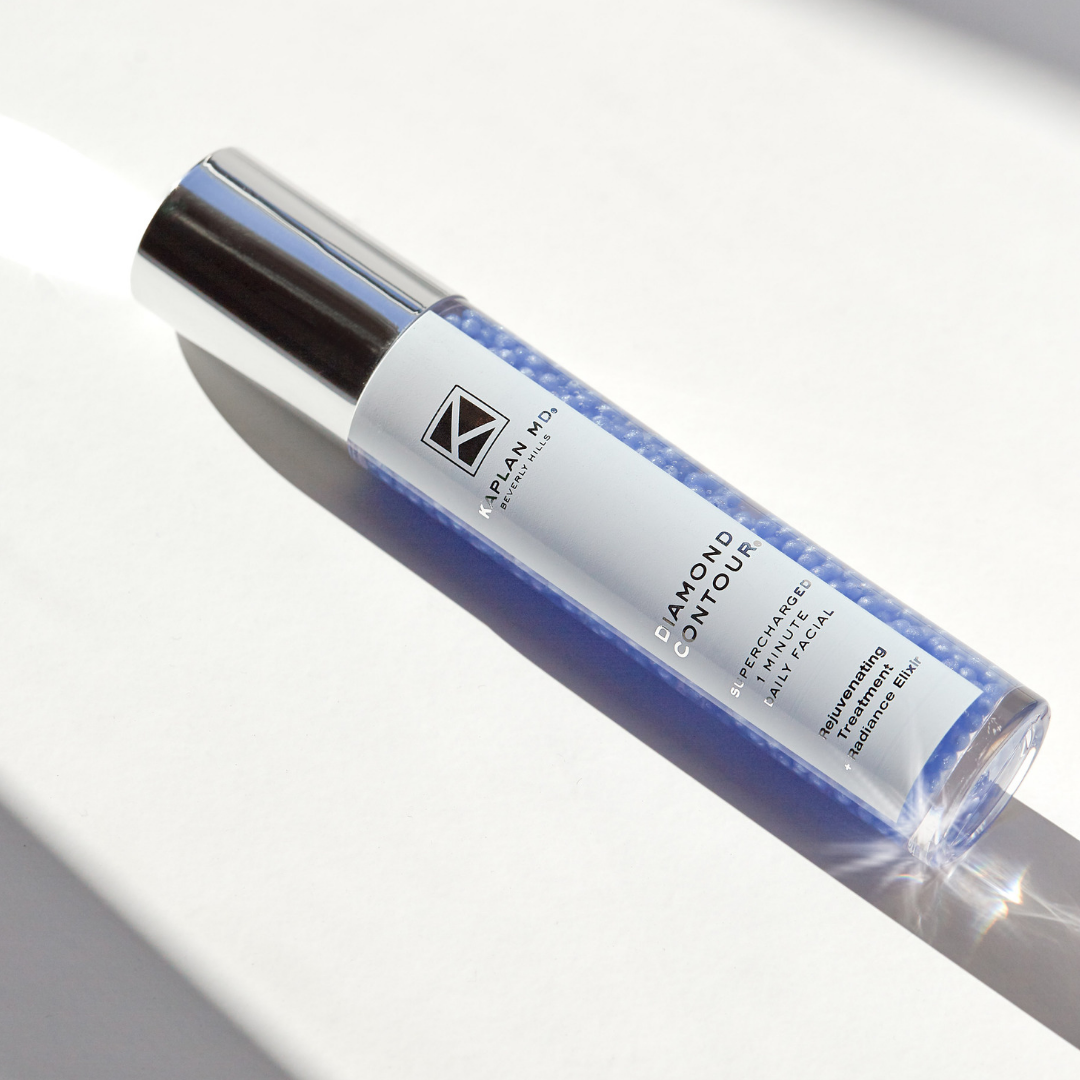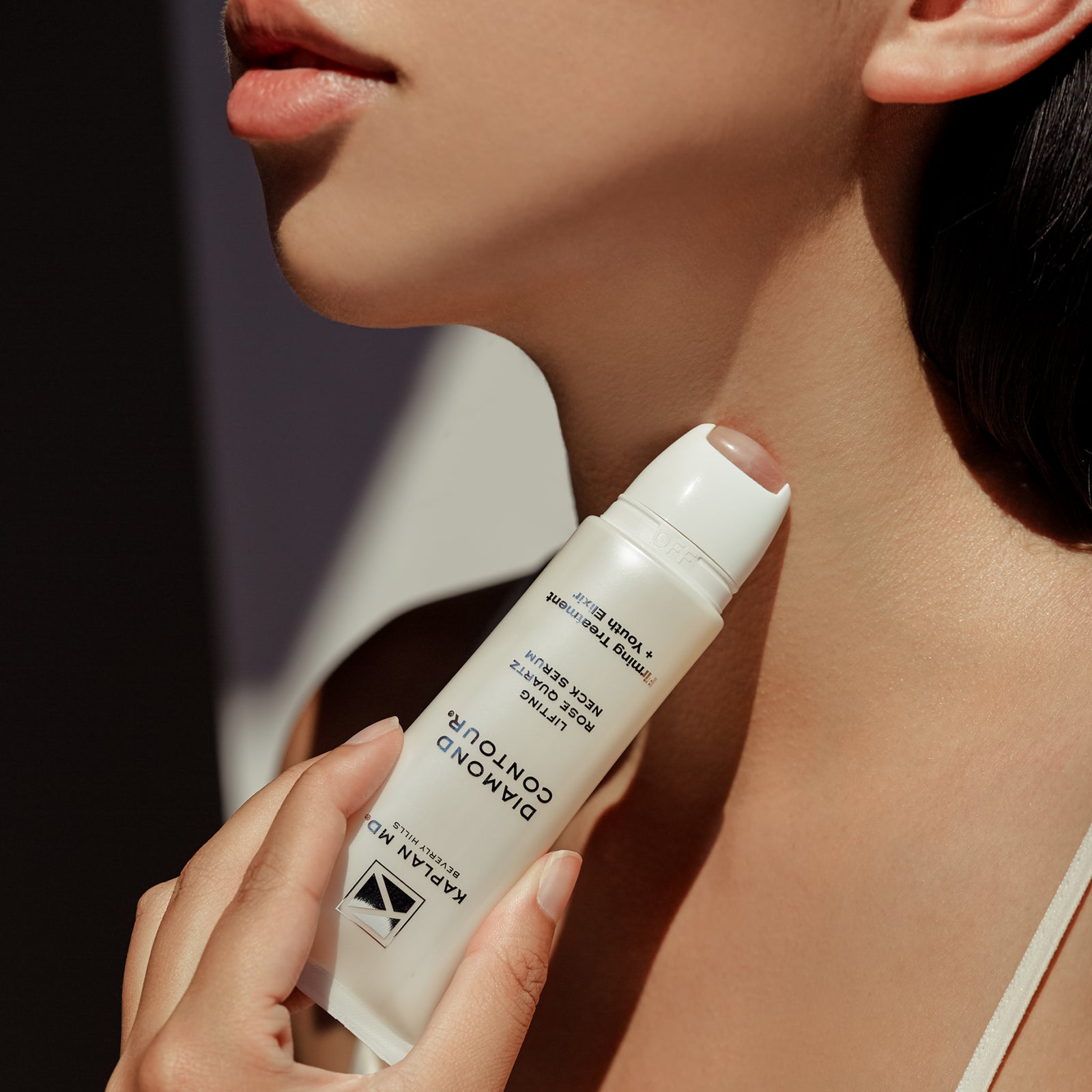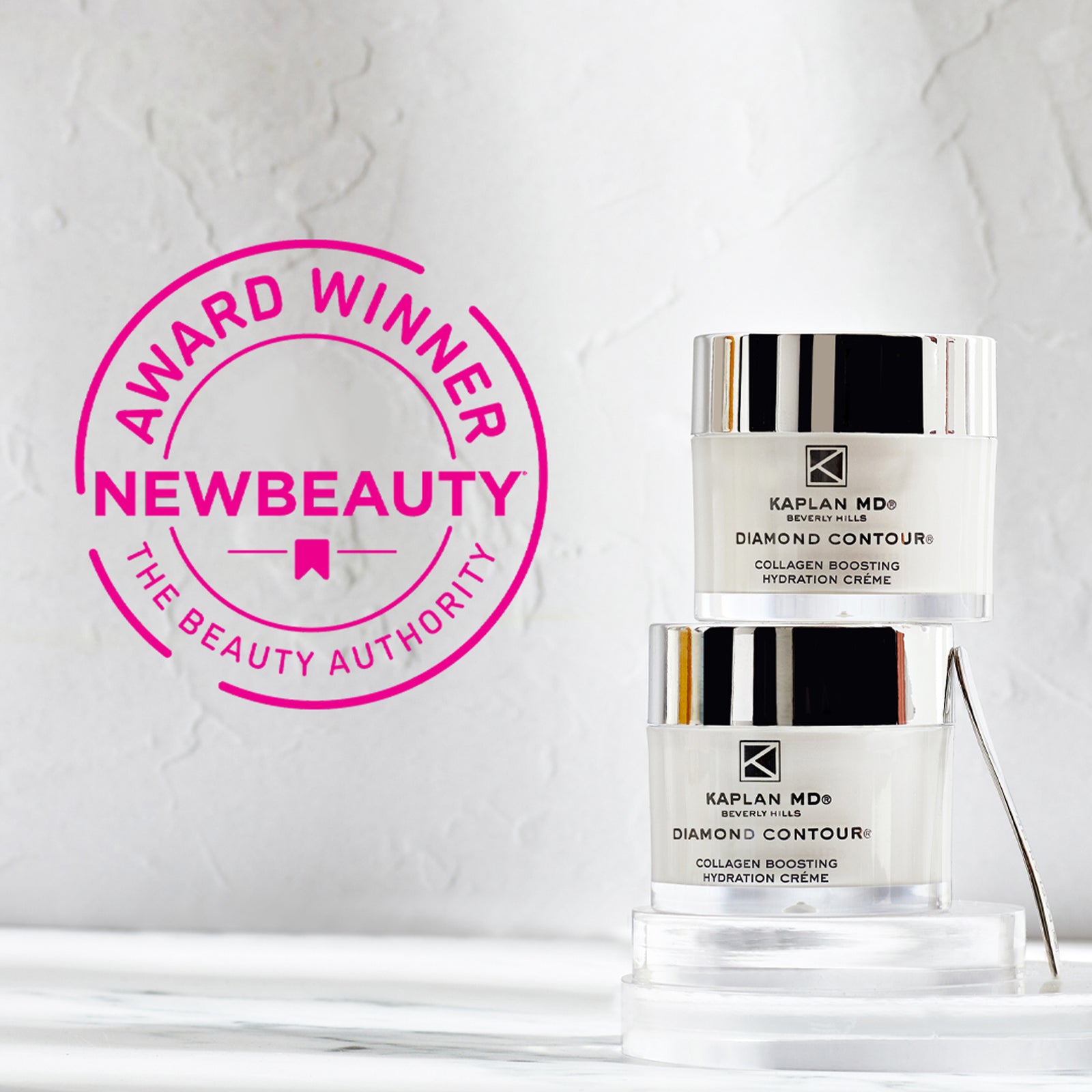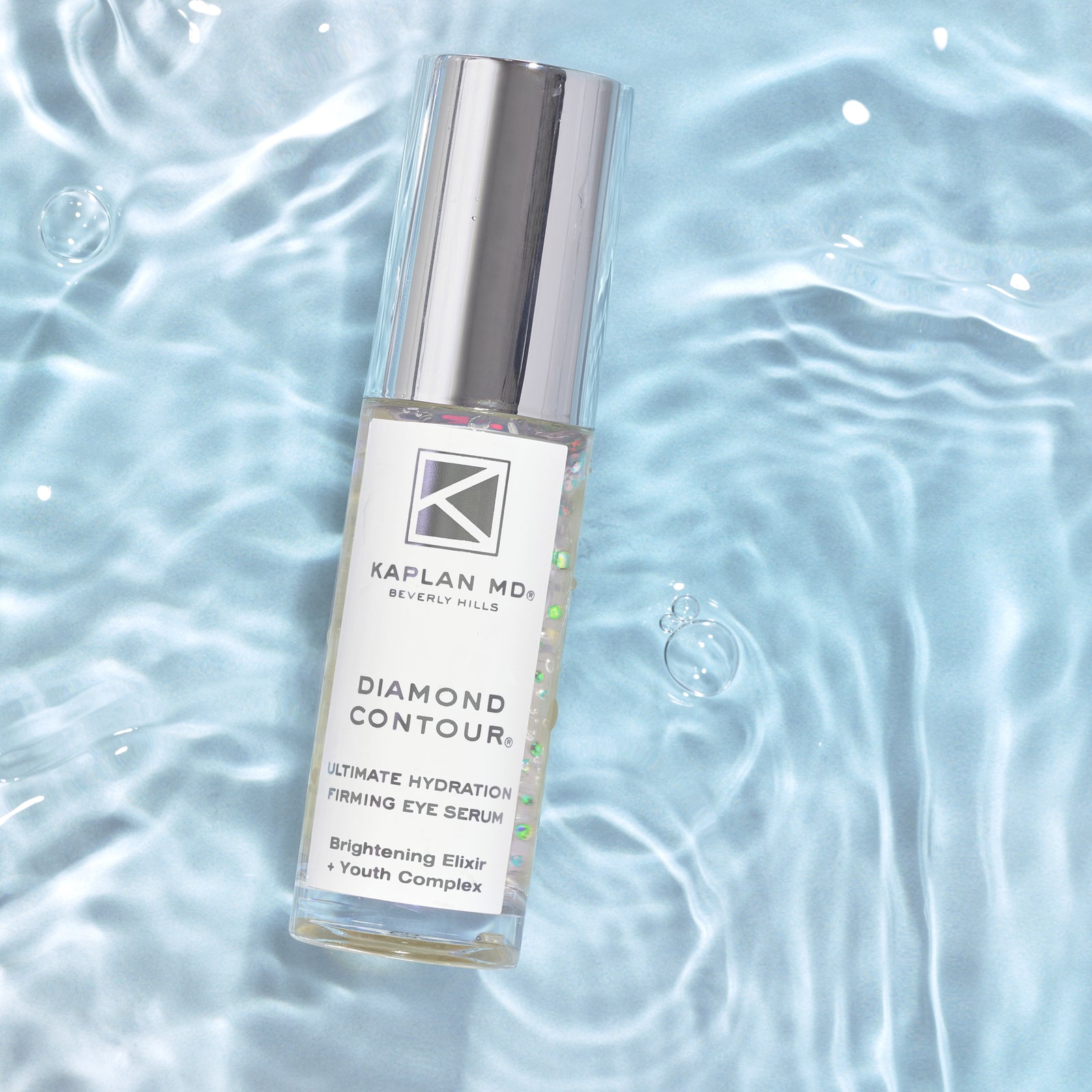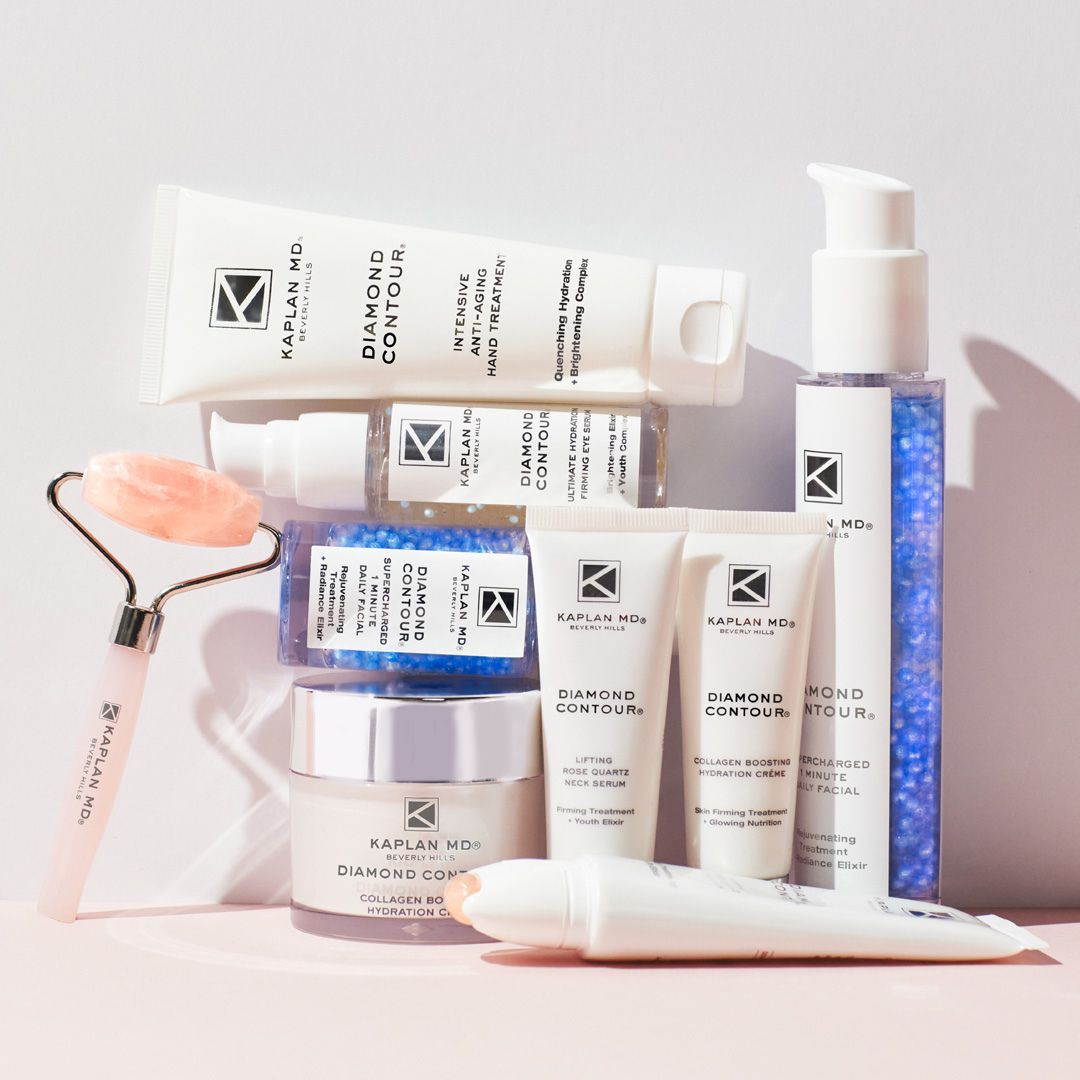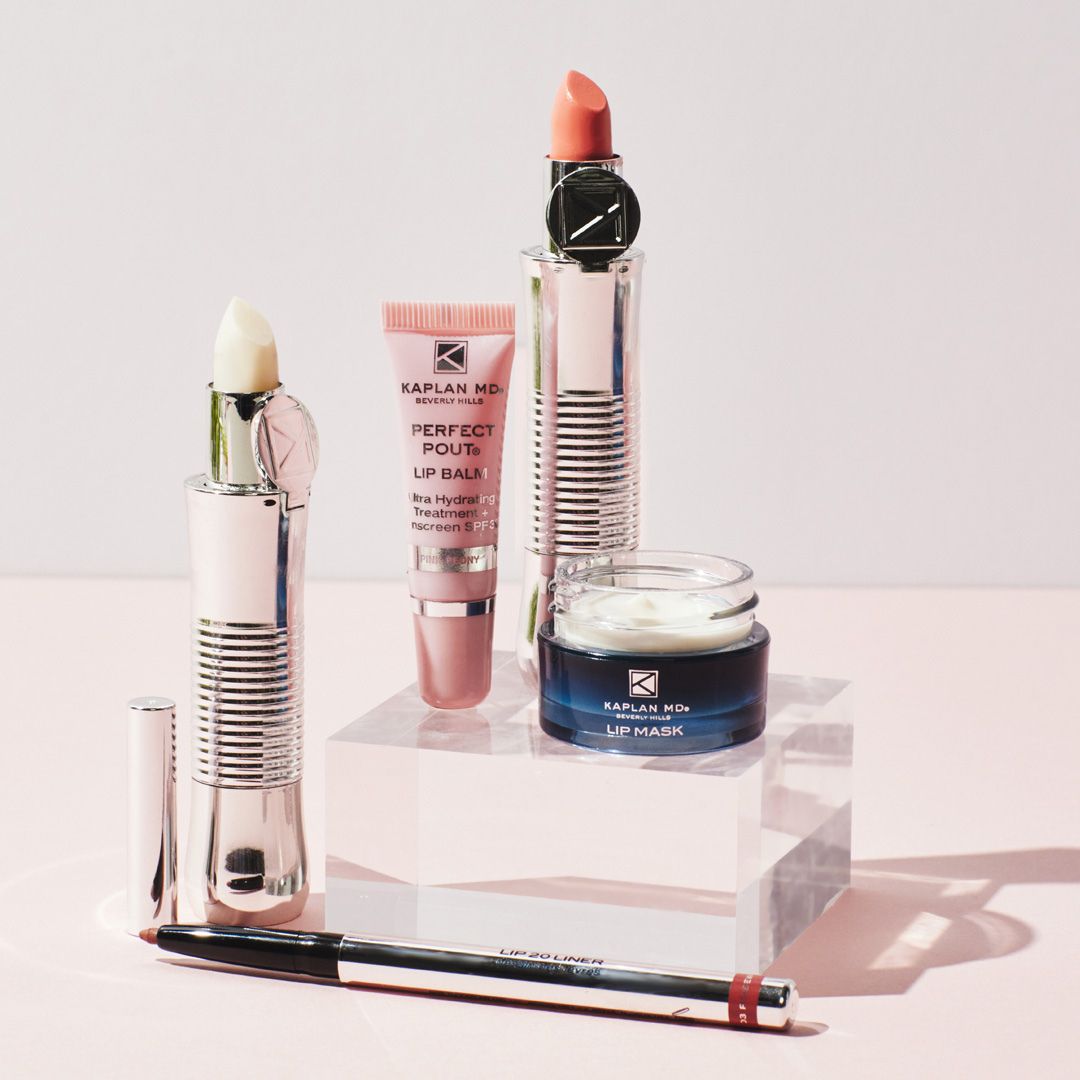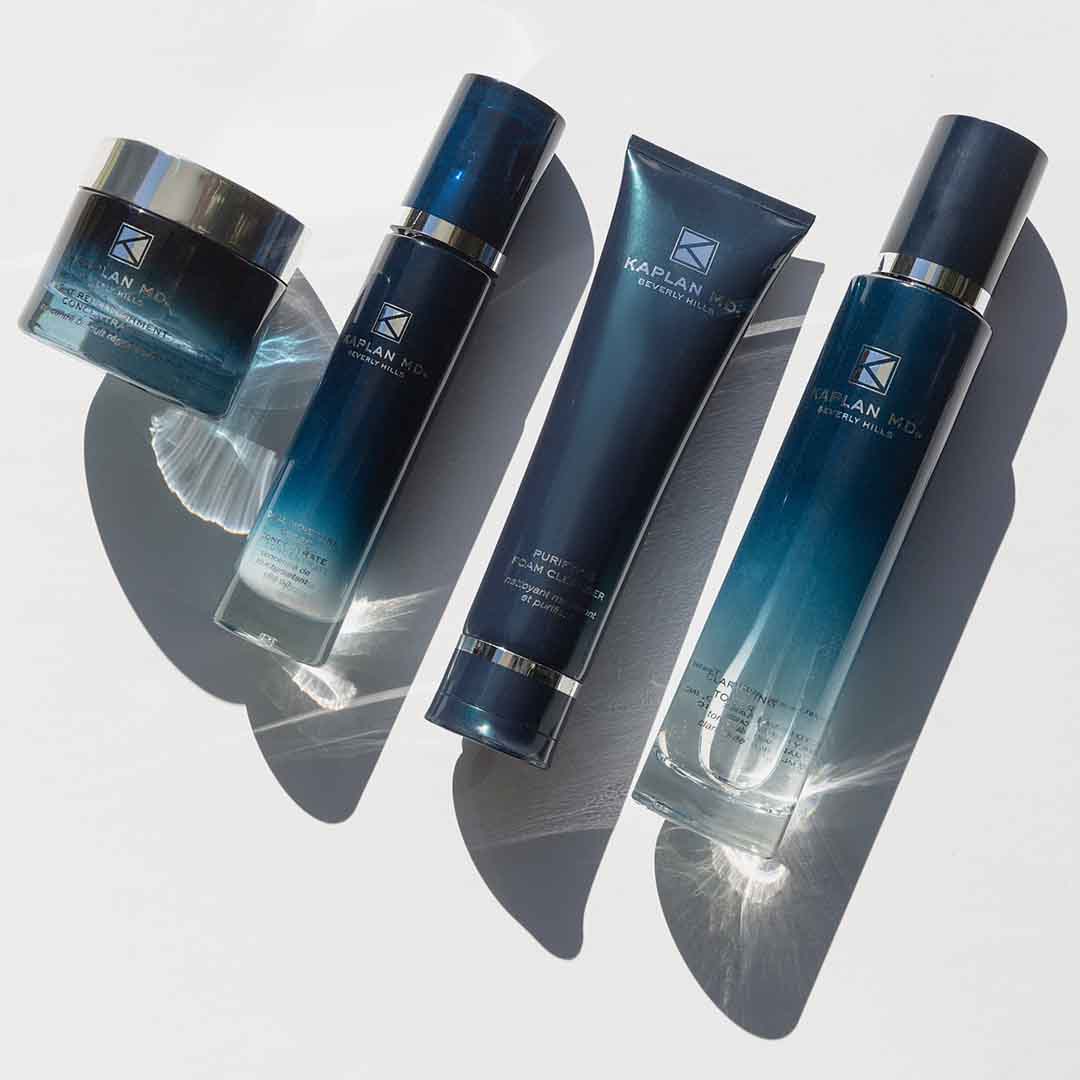Dr. Kaplan – Atypical Nevus
ATYPICAL NEVUS
The word “atypical” means “not like the rest.” “Nevus” is the medical term for “mole.” Dermatologists use the term atypical nevus to describe a mole that does not look like a normal mole. Another term that dermatologist use to describe this type of mole is “dysplastic nevus.”
Regardless of the term, these moles are benign (not cancer). Your dermatologist will tell you when you have this type of mole because you need to watch atypical moles.
SKIN CANCER RISK
Atypical moles are not cancerous, but some people who have these moles have a higher risk of getting melanoma, the deadliest of skin cancer. The risk of getting melanoma increases significantly when a person with atypical nevus has one or more of the following:
- Many moles, especially many atypical nevus
- Had melanoma in the past
- A first-degree blood relative (parent, sibling, or child) has had melanoma.
If a person has four or fewer atypical moles and none o the above factors, the increased risk of getting melanoma is small.
ATYPICAL NEVUS APPEARANCE
Atypical moles come in many shapes and sizes. An atypical mole is often larger than other moles. Some atypical moles have more than one color. Others have a fuzzy border. These traits can make an atypical mole look like a melanoma, the deadliest type of skin cancer. But an atypical mole is not melanoma-or any other type of skin cancer.
Atypical moles usually begin to appear at or around puberty. Adults can get these moles too.
Atypical moles can appear anywhere oon the body, but they are most common on the trunk. It is rare to see atypical moles on the face, but these moles develop on the scalp, head, and neck.
TREATMENT
An atypical mole does not need treatment. If a dermatologist suspects that an atypical mole might be a melanoma, the dermatologist will remove the mole, or part of it.
The removed mole will be sent to a lab where it will be examined under a microscope. This is known as a skin biopsy and is necessary to diagnose skin cancer.
You should watch all atypical moles for signs of change. Melanoma can form in an atypical mole, and a common warning sign of melanoma is change. When looking at your atypical moles, you should look for changes in:
- Color
- Size
- Shape
- Feeling (mole starts to itch or burn)
If you notice any of these changes in a mole, immediately tell your dermatologist. Melanoma has a high cure rate when caught early and treated.
FAMILIAL ATYPICAL MOLE-MELANOMA (FAMM) SYNDROME)
Your dermatologist may talk with your about FAMM syndrome. Some people who have atypical moles have this syndrome, which greatly increases a person’s risk of developing melanoma.
People with FAMM syndrome have all of the following:
- A first-degree relative (parent, sibling, or child) or second-degree relative (grandparent, grandchild, aunt, or uncle) has/had melanoma
- Many moles, often more than 100 (some oles must be atypical and moles will often vary in size)
- Moles that show certain features when viewed with a microscope
- Have a full-body screening from a dermatologist every three to six months, beginning at puberty. Screenings may be less frequent once the moles appear stable.
- Examine their skin at least monthly. If you need to learn how to do this, be sure to tell your dermatologist.
For some patients who have FAMM syndrome, a dermatologist also will recommend:
- An exam from an ophthalmologist (eye doctor)
- Skin photography, to track changes in moles
- Your blood relatives have screenings for skin cancer
- All these can help find melanoma early when the cure rate is high.
REDUCE THE RISK OF MELANOMA
You can take steps to reduce your risk of getting melanoma and other skin cancers. Sun protection has been shown to decrease the risk of melanoma. Here’s how you can protect your skin from the sun:
- Generously apply a broad-spectrum, water-resistant sunscreen with a Sun Protection Factor (SPF) of 30 or more to all exposed skin. The term broad-spectrum means that the sunscreen provides protection from both ultraviolet A (UVA) and ultraviolet B (UVB) rays. Reapply every two hours – even on cloudy days – and after swimming or sweating.
- Wear protective clothing, such as a long-sleeved shirt, pants, a wide-brimmed hat, and sunglasses, where possible.
- Seek shade when appropriate. Remember that the sun’s rays are strongest between 10 a.m. and 4 p.m. If your shadow appears to be shorter than you are, seek shade.
- Use extra caution near water, snow, and sand because they reflect and intensify the damaging rays of the sun, which can increase your chances of skin cancer.
- Get vitamin D safely through a healthy diet that may include vitamin supplements. Don’t seek the sun.
- Avoid tanning beds. Ultraviolet light from the sun and tanning beds can cause skin cancer and wrinkling. If you want to look tan, consider using a sunless self-tanning product, but continue to use sunscreen with it.
- Check your birthday suit monthly and as frequently as recommended by your dermatologist. If you notice anything changing, growing, or bleeding on your skin, see a dermatologist. Skin cancer is very treatable when caught early.
All content solely developed by the American Academy of Dermatology.

